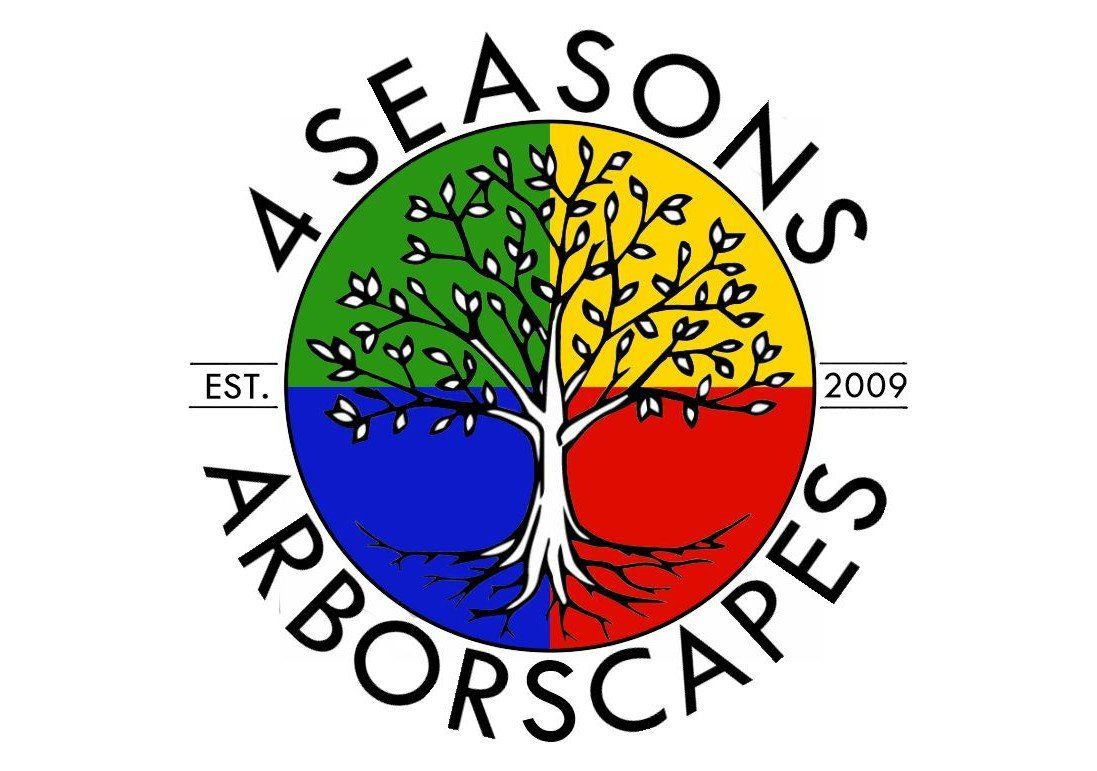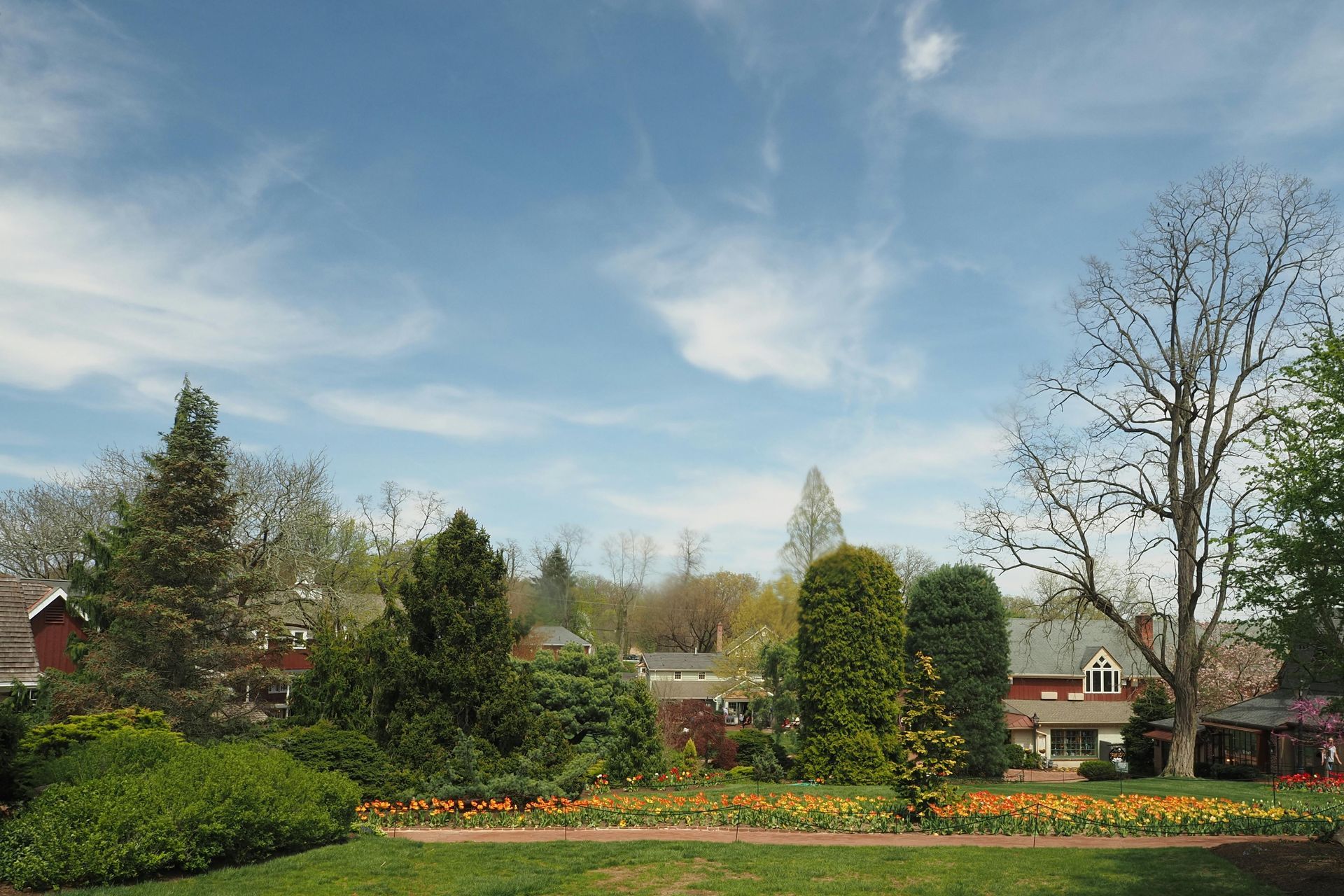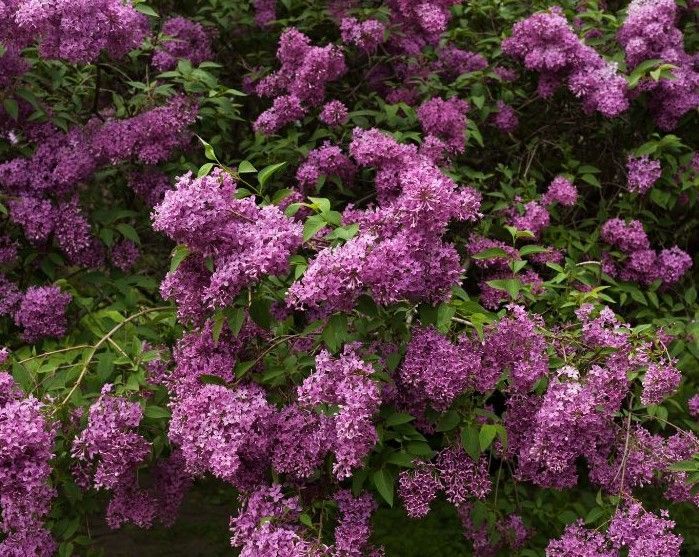The Pros & Cons of Installing a Green Wall
Our modern age is characterized by the overwhelming presence of urbanization and stark concrete landscapes. We are growing ever separated from the natural world, so the emergence of green roofs and living walls serves as a much-needed reconnection with nature. These innovative architectural features not only enhance the aesthetic appeal of our surroundings but also provide numerous social, individual, and environmental benefits. By integrating these natural elements into our built environment, we can create more sustainable and healthier urban spaces for current and future generations.
What is a Green Wall?
Green walls, also known as living walls, green facades, or vertical gardens, are structures attached to the interior or exterior walls of buildings, covered with various types of plants. These walls not only enhance the aesthetic appeal of buildings but also improve air quality and contribute to energy efficiency.
The term "green wall" encompasses all forms of vegetated wall surfaces. However, three major system categories fall under this term: green facades, living walls, and retaining living walls.
Green Facades
Green facades are systems in which vines, climbing plants, or cascading ground covers grow into supporting structures that are purposely designed for their location. Plants growing on green facades are generally rooted in soil beds at the structure's base, in elevated planters at intermediate levels, or on rooftops. Depending on climate, species choice, soil bed depth, orientation, nutrition, and irrigation regime, green facades may take several seasons before achieving maturity. They can be attached to existing walls or built as freestanding structures. They are used to shade glazed facades and walkways and are built as arbors, trellis structures, baffles, or fences.
Living Walls
Living wall systems comprise pre-vegetated panels, modules, planted blankets, or bags affixed to a structural wall or free-standing frame. These modules can be made of plastic, expanded polystyrene, synthetic fabric, clay, or concrete and support a greater diversity and density of plant species, including a lush mixture of ground covers, ferns, low shrubs, perennial flowers, and edible plants. Many living wall installations can be found in both tropical and temperate locations. They perform well in full sun, shade, and interior building applications.
Retaining Living Walls
Retaining living walls are engineered structures designed to stabilize slopes while supporting vegetation contained within their structure. They provide the structural strength to resist the lateral forces exerted by angles greater than the natural angle of repose of soil and protect slopes against erosion. These walls are often modular for ease of installation and made of geo-textile bags in conjunction with interlocking units, metal, concrete, plastic cellular confinement mats, or woven willow plants. Some systems can perform on slopes up to 88 degrees and have the capacity for variable slope angles as flat as 45 degrees. Retaining living walls must allow for a suitable volume of soil at the face of the system, shelter the growing media from erosion, and provide for long-term plant growth. The mature living retaining wall is intended to be fully covered by its internally supported vegetation, transforming the wall into additional green space and habitat.
Advantages of Installing a Green Wall
1. Improves the overall aesthetics of your home
Green walls transform overlooked or barren areas by introducing visual appeal where it is lacking. They offer privacy and a feeling of seclusion while minimizing the adverse psychological impacts of urbanization, enhancing the visual and emotional appeal of urban settings.
2. Improves health and well-being
Buildings that feature and promote access to vegetation have been documented as having a greater positive human health impact than those without. Studies have shown that visual access to natural settings leads to increased job satisfaction and productivity, as well as improved post-operative recovery rates in medical facilities.
3. Helps curb the Urban Heat Island Effect
Living walls enhance air quality and reduce pollution in cities by promoting natural cooling processes like photosynthesis and evapotranspiration. Placed strategically, they disrupt vertical airflow, slowing and cooling the air to combat the urban heat island effect, creating a more comfortable and hospitable environment.
4. Improves surrounding air quality
Through the process of photosynthesis, plants can absorb carbon dioxide and release oxygen, helping to improve the surrounding air quality. In addition, certain plants are certified air-purifying plants, meaning they have the ability to effectively capture airborne particulates and toxins, making them an ideal choice for enhancing indoor air quality.
5. Increases the energy efficiency of your home
Green walls stabilize wall temperatures by reducing fluctuations from 10-60°C to 5-30°C. They create an air barrier that limits heat exchange and offer cooling through evapotranspiration and shading. This reduces the need to artificially cool the interior of the building, resulting in reduced power consumption and fewer harmful by-products being emitted into the air.
6. Can be used to filter wastewater
Green walls can come with an integrated water filtration system, which channels rainwater and grey water through the wall into filters, gravel, and marine plants. The purified water can then be utilized for domestic or irrigation needs, or channeled back into the communal water treatment system.
7. Reduces noise pollution
Green walls, featuring a layer of vegetation, are able to reduce high-frequency noise effectively and can also help in decreasing low-frequency noise when a substrate is included. Consider that for many years, landowners have been using trees and other flora to reduce noise coming from roadways and urban areas. Maintaining a living wall is often a more practical option for those living in an urban setting.
8. Increases local biodiversity
Green walls are essential for enhancing urban biodiversity as they offer vital habitats for a diverse range of plant species, pollinators, and birds. These green walls help enrich city ecosystems by providing a safe space for wildlife to thrive. By supporting various urban wildlife populations, green walls contribute to the ecological balance in urban areas, making them an important feature for promoting biodiversity within cities.
Disadvantages of Installing Green Wall
The advantages of installing living walls are many, but there are a few drawbacks you should consider before investing.
1. High initial cost
The initial investment required for the design, installation, and materials of living walls can be a significant barrier for many building owners and developers. However, an increasing number of homeowners have been building their own with massive success.
2. Requires regular maintenance to thrive
Living walls require regular maintenance to ensure plant health and system functionality. This includes managing and maintaining any irrigation or filtration systems, performing daily plant maintenance, and scheduling structural maintenance, which can be time-consuming and costly for some people.
3. Could require structural modifications
Green walls require strong structural support to bear the additional weight of the plants, substrate, and other mechanical systems. So, depending on the system you choose for your property, this may mean certain structural modifications need to be made to existing buildings, adding to the overall cost of the project.
4. Plant selection may be limited
Vertical gardens are a popular way to bring greenery to urban spaces, but not all plant species are suitable for this type of growth. The choice of plants for a living wall is influenced by the local climate and environmental conditions. Factors like wind and sun exposure play a critical role in determining which plants will thrive and endure in vertical gardens. It is important to carefully consider these factors to maintain the longevity and health of the plants in a green wall.
5. Plants can attract pests
Green walls can attract certain pests, requiring continual pest management efforts to protect the plants. Your biggest foe will likely be plant-feeding insects such as aphids, mealy bugs, or spider mites. Check out this blog on pollinator-friendly weed and pest control.
6. Increases home water usage
Unless you install an integrated wastewater filtration system as part of your living wall, these structures require a you to provide a consistent water supply, potentially increasing water usage. This can be a concern in areas with limited water resources or during periods of drought.
Conclusion
The advantages of installing a green wall outweigh the disadvantages of maintaining one. Green walls can offer better insulation, recycle wastewater, improve air quality, and create habitats for wildlife. In addition, they can lower energy costs and enhance the aesthetic appeal of the building. In exchange for these benefits, however, you do pay more in upfront costs and maintenance efforts.
The installation of a green wall warrants serious consideration due to these compelling benefits. While likely more common in urban settings, the benefits of having one even in a more rural area are still significant.
Check out the latest...








